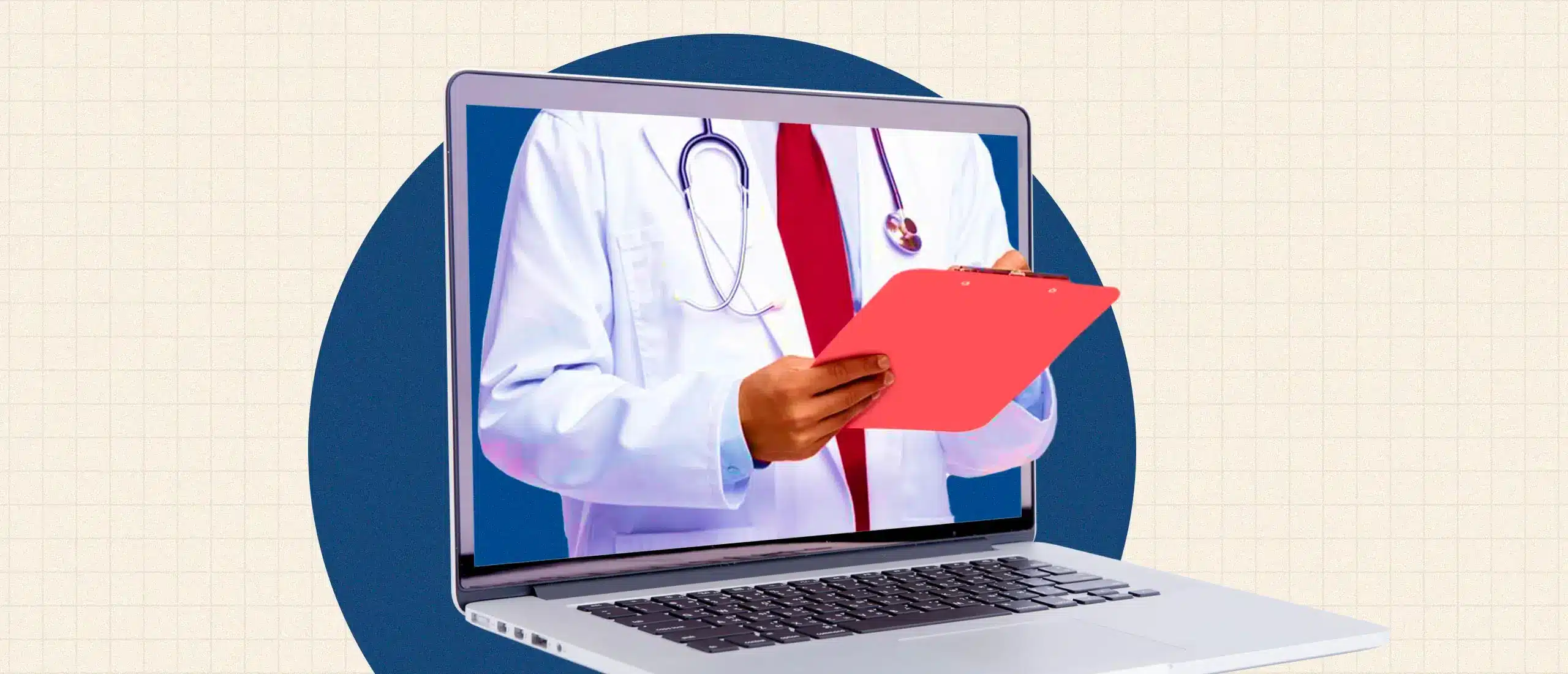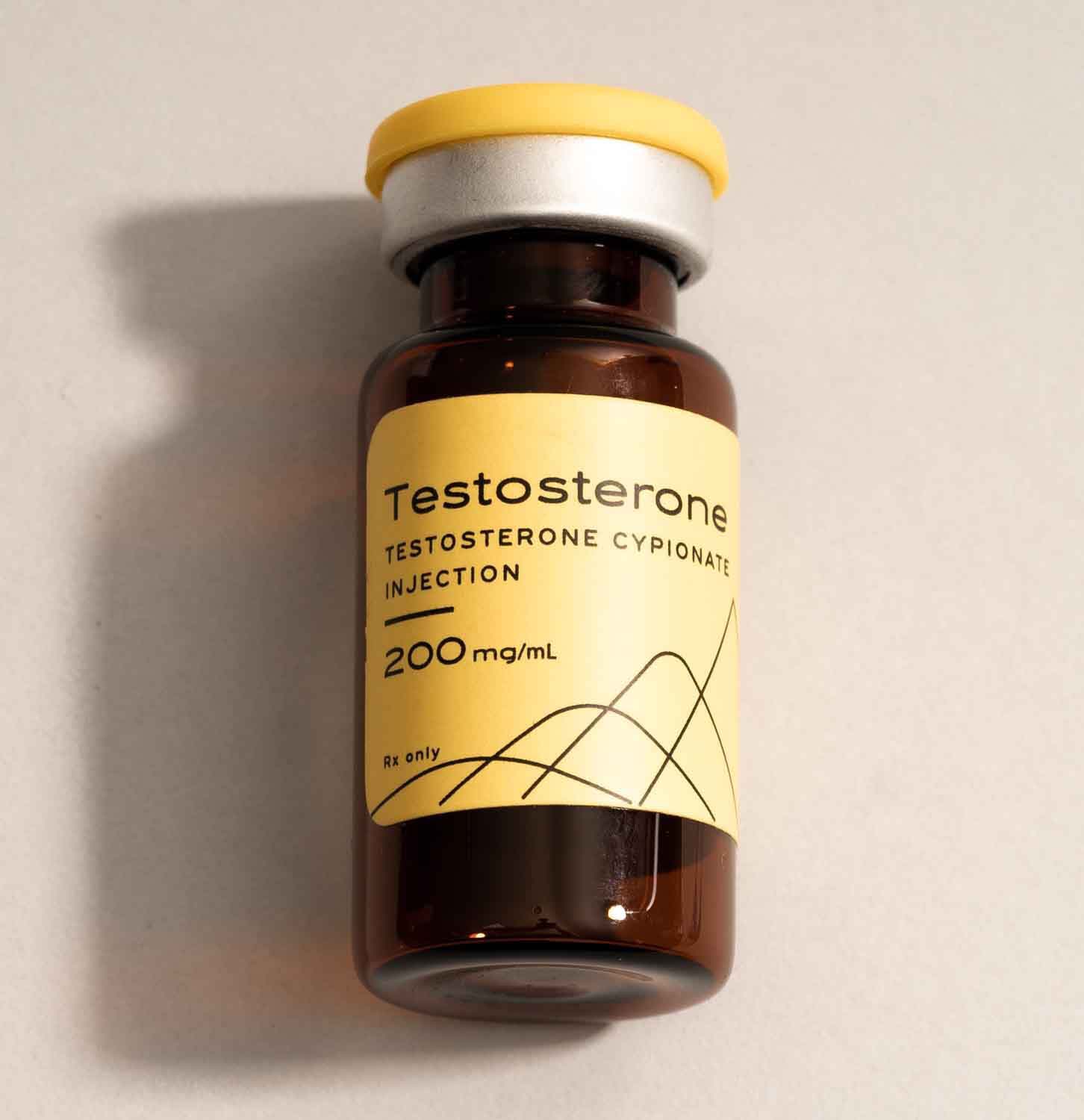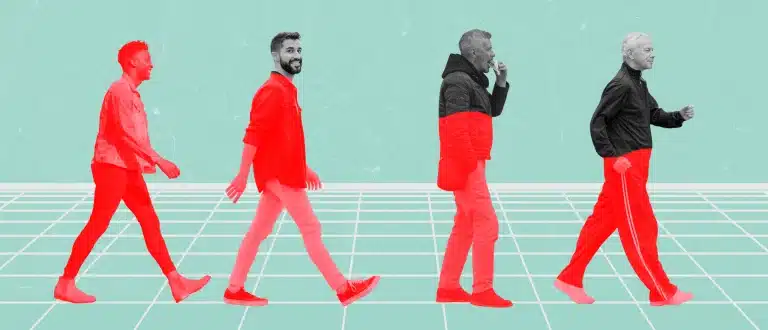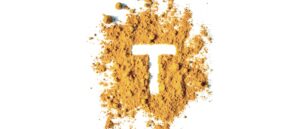Here’s Exactly What to Say to Your Doctor If You Think You Have Low T
My sex drive is declining.”
“I think I’m losing muscle mass.”
“I’m definitely gaining belly fat.”
“I feel sad all the time.”
“I have no energy.”
“I’ve been experiencing erectile dysfunction.”
As an internal medicine physician who has specialized in hormone consultation, treatment, and optimization for more than a decade, these aren’t statements I often hear from my male patients.
Not because they’re not experiencing these things.
I don’t hear them because talking about these symptoms with a doctor is difficult, especially if they suspect the culprit is low T.
And sadly, few doctors ask their patients if they’re having these symptoms. Many doctors think low T is overblown. Others simply aren’t trained to guide you on balancing your hormone levels.
How to Get a Doctor to Prescribe Testosterone
If you’re experiencing low testosterone levels, you deserve to feel better. The first step in getting there is to talk with a doctor, like the ones that work with Hone.
The company’s focus is to help you rediscover your best self through at-home hormone assessments, testosterone therapy replacement (TRT) and telemedicine consultations with a network of board-certified physicians specializing in fields like endocrinology, urology, men’s health, and internal medicine.
Contact Hone and we’ll get you squared away with an at-home test, which is a simple, finger-prick blood test. When those results come back, you’ll talk to a testosterone replacement therapy doctor about whether the test indicates a testosterone deficiency and if testosterone therapy is right for you.
I’m here to share what you can expect from that conversation.
KNOW YOUR T LEVELS
1. Consultation Basics
How does a typical Hone consultation go? First: Have your I.D. card on you. We always check I.D. to make sure we have the right patient.
Next, we review your patient intake and talk with you to develop a firm understanding of your medical history. Afterward, we share the results of your blood work with you. That includes these biomarkers measured by Hone’s at-home hormone assessment:
- Free testosterone
- Total Testosterone
- Luteinizing Hormone (LH)
- Estradiol (a form of estrogen)
- Sex Hormone Binding Globulin (SHBG)
- Albumin
- Alanine Aminotransferase (ALT)
- Aspartate Transaminase (AST)
As a doctor that specializes in testosterone optimization, I give the patient a little background and explain what each number means for them and how those are affecting their body. This also gives patients an opportunity to ask questions and understand we’re not just looking at one number. There’s more to it than the hormonal symphony.
I believe that Hone’s telemedicine platform has made doctor-patient consultations easier and more effective. There’s a bit of a barrier between you and the doctor. You’re not right in front of someone physically. You’re in the comfort of your house, some people do it in their car or some do it on their lunch break while working.
Even when I go in to see a doctor, that “doctor environment,” it’s usually cold, sterile, everything’s a certain way, white walls-type of thing. On a screen, patients are definitely less anxious. When you’re more comfortable, you’re more honest. Go easy on yourself when discussing your hormones
Hone’s at-home testosterone assessment is the simplest way to uncover whether your levels are low. If you qualify for treatment, TRT can be sent right to your door.
2. Be Honest About Your Symptoms
Talking with a healthcare provider about symptoms of low testosterone—weight gain, muscle loss, no energy, mood swings, and low sex drive—is not easy. It seems like a pretty heavy conversation to have with a doctor you’re meeting for the first time.
Some tips? Don’t put all the pressure on yourself to engage in conversation. As doctors, we get that you’re nervous and feeling awkward.
We’ll prod and ask questions. From your side, just ease into the discussion, treat it like a no-judgments zone, and see how the consultation plays out. We’ll help guide the conversation in the right direction and won’t make you feel uncomfortable.
Also remember: If you’re signing up for a Hone consultation, you’re doing so with physicians who are laser-focused on optimization.
These aren’t general practitioners without hormone specialization. There’s no mystery as to what you’ll discuss with them, which better enables you to focus on what you want to discuss. You’re not telling us anything we haven’t heard before. Promise.
A lot of men using Hone do research about their hormones. They come to us knowing we’re going to talk about sex hormones. That’s one of the upsides about Hone; we both know why you’re here.
T FACTS
3. Even the Symptoms That Are Difficult to Share
No matter how much advanced research patients do about a provider or their symptoms, some just can’t bring themselves to mention the more sensitive problems surrounding low T, notably a lack of libido.
Here’s why you need to breathe deep and put it all out there: Holding back such pertinent details can be detrimental to your well-being. A doctor can’t help you if you don’t tell them all of your symptoms.
It’s important for not only the patient but also for us as care providers to bring up those awkward subjects. I tell patients, “Look, let’s talk about sex drive…I get it. We all experience a drop in levels. It’s both sexes.”
It’s very difficult to talk about the strength of an erection; not many men want to admit that it’s not as strong. It’s the same thing with women and vaginal dryness; that’s not the first thing a female patient is going to tell me. I bring those kinds of things up and say, “I know it’s awkward, but let’s just talk about it.”
4. We Want to Know Everything. Seriously.
When you’re going into a consultation with your testosterone doctor to discuss TRT, provide as much information about yourself as possible.
A great hormone optimization specialist is looking for the history and details that can be easily overlooked or missing altogether from an intake form—the details that best capture how your life is being impacted at work, at home, and in the bedroom.
If you say, “I’m just tired” and your levels are so-so, that’s not a strong clinical picture for us.
I always ask patients about their mojo—how they’re feeling. Think about this: Do you want to sit on the couch or do you want to go out with your friends?’ Do you want to have that relationship with your partner or would you rather just go to bed? I want to know those things and more.
I also want to know the supplements you’re taking and your family history Do you have a personal or family history of health conditions such as prostate cancer, heart attack, heart disease or sleep apnea?
It’s important to share the medications and vitamins you’re taking, as well as your dosages, especially if you take medications for diabetes or to prevent blood clots. You may not see an obvious connection between them and your hormones but everything is related.
Besides the fact that certain prescription medications can decrease your testosterone levels, a doctor will want to make sure that whatever treatment they prescribe is safe and compatible with anything else you’re taking.
Last, if you’ve seen a primary care physician over the past year and have the results of blood work from that visit, share it with the Hone physician evaluating your hormone deficiencies.
This allows the testosterone replacement therapy doctor to compare your past and present levels, plus it gives them a better idea as to how the rest of your levels—including your Vitamin D and thyroid—are functioning.
5. Numbers Don’t Lie, But They’re Not Everything
Once your labs are completed, your Hone physician will assess if your hormone levels fall within certain reference ranges.
Bear in mind that even though it’s important to determine what a patient’s ideal levels should be, there’s more to it than going strictly by the numbers.
The labs are just a guide. You really have to look at the clinical picture and the person individually.
The fact is that everyone has a different reference range based on their lab work.
For example, Hone doctors use a total testosterone reference range of 300 to 830 ng/dL, or nanograms per deciliter. Patients falling in the 300 or 400 ng/dL range aren’t optimized and are likely to display clear indications of low testosterone.
However, when a patient’s levels of testosterone fall in the sweet spot of 650 to 700 ng/dL (this is considered to be within the normal range) despite exhibiting low T symptoms, there are other underlying issues at hand.
There could be different proteins that are chewing up their hormones or they’re converting their hormones over to other hormones. It’s not just saying, “Okay, we have to replace that testosterone.” We actually have to figure out other things.
I want to figure out when—or if—I should recommend hormone therapy. I don’t want to go that route if your testosterone production system is already working well.
However, if your levels are sub-optimal and you show symptoms of low T, I want to cover the optimization gamut, including lifestyle changes, supplements, medications, and, if necessary, replacement.
I look at the clinical picture and the labs, then put it together and say, “Okay, what is that showing me? What’s the true story behind this patient?”
6. Learn About Your Potential Treatment Options
Testosterone replacement therapy could very well be the answer to your problems.
But before you move ahead, you have to really think about the hormone optimization process, the pros and cons, and the commitment that’s required on your part.
Your physician and you need to align as a team when devising a treatment plan that’s right for you.
As testosterone doctors who specialize in TRT, we will always present all available alternatives, but at the end of the day, the final decision rests in your hands. I’ve told patients, “I don’t think this is going to work, but this is an option.” You have the right to know what all the possibilities are.
Say you and your doctor agree that testosterone replacement therapy is your best course of action. Hone offers the treatment via several options, including:
- Subcutaneous injection, in which you inject your testosterone dosage into the fat layer of your belly
- Intramuscular (IM) injections, in which you inject your testosterone dosage deeper into the muscle.
- Topical application, like creams or gels, which you administer to your scrotal skin
- Troche, a sublingual option in which testosterone is in the form of a lozenge you let dissolve under your tongue
All of these options offer distinct advantages and disadvantages, which your Hone doctor will review with you.
My preferred method is testosterone injections. I like it because of compliance — most patients only have to do it one to two times a week, so it’s easy to remember.
Also, the bioavailability (or the quantity of testosterone that’s absorbed into your system) is really good, and I feel there are fewer side effects.
Topical TRT is very bioavailable, with the levels getting up there, but I just don’t see a change in the clinical picture as I do with the injections. Troches are a nice alternative, provided you can adhere to the routine: twice a day. Half of us don’t even remember to take our daily vitamins, and so ingesting the right amount of troches can be difficult.
Hone’s at-home testosterone assessment is the simplest way to uncover whether your levels are low. If you qualify for treatment, TRT can be sent right to your door.
7. Ask All the Questions
The consultation is a two-way communication between you and your doctor.
The best way you can hold up your end of the conversation is to engage with your physician and be inquisitive.
Ask as many questions as you feel necessary to help you make informed decisions about testosterone replacement therapy and rediscovering your best self, physically, mentally and emotionally.
Here, some questions that are most beneficial for you to ask.
How should I use this medication?
You’ll also want to know what possible side effects of that medication are, including when you experience bad side effects, and how soon after to reach out to us.
Will this impact my fertility?
Some optimization methods can potentially shrink your testicles and decrease your sperm count and, therefore, your ability to produce offspring. If you’re going to pursue hormone replacement, be sure to ask which forms of hormone replacement therapy are less likely to compromise your fertility. (For example, Hone also offers Clomiphene citrate.)
8. Your Consultation Isn’t the End; It’s the Start.
After your consultation, you’ll have a very clear picture of what’s happening inside your body, and a game plan on how to address any issues.
You’ll start to get your medications from Hone, and you’re on your way to getting back to feeling normal.
Hormone treatment requires a lot of monitoring and adjusting. Having the right follow-ups are important.
The thing that can get frustrating with hormones is that it’s not one-size-fits-all. There are things that you can start with, but someone might not respond really well to that. So, you need to adjust the dosing or the different routes, or add in some nutraceuticals.
Optimizing hormones is a balancing act and, more often than not, a lifelong one. Can the constant adjustment of dosage and frequency become frustrating? Sure. Is it really necessary? Absolutely.
With Hone, you’re required to do hormone retesting every three months and have follow-up consultations with physicians like me.
That means your levels are constantly monitored, and your treatment is adjusted the moment something isn’t working the way it’s supposed to.
And as a bonus, you become more comfortable expressing yourself, your concerns and even your frustrations in follow-up conversations.
Half of my patients start calling me by my first name, asking all the questions they haven’t felt comfortable with until that point, which is wonderful.
With others, we’re virtually high-fiving because we’ve nailed it; the levels look great and the patient feels great. It’s very rewarding, even on my side of the screen.
Hone’s at-home testosterone assessment is the simplest way to uncover whether your levels are low. If you qualify for treatment, TRT can be sent right to your door.
















